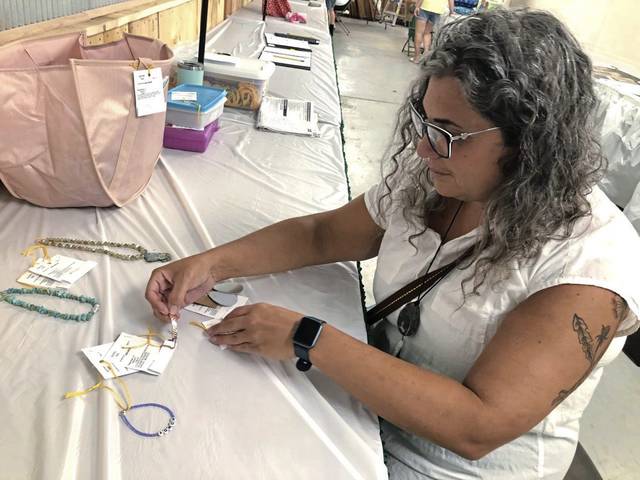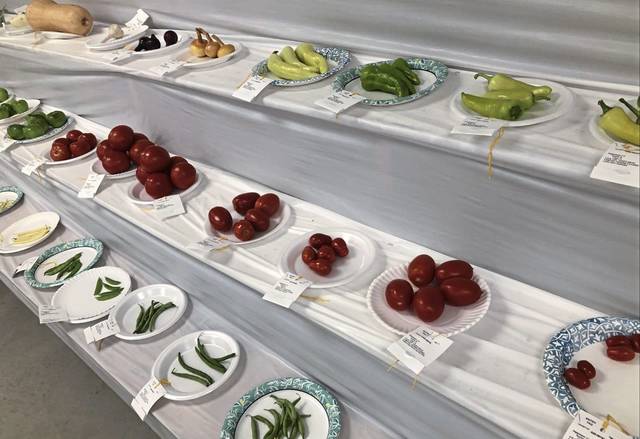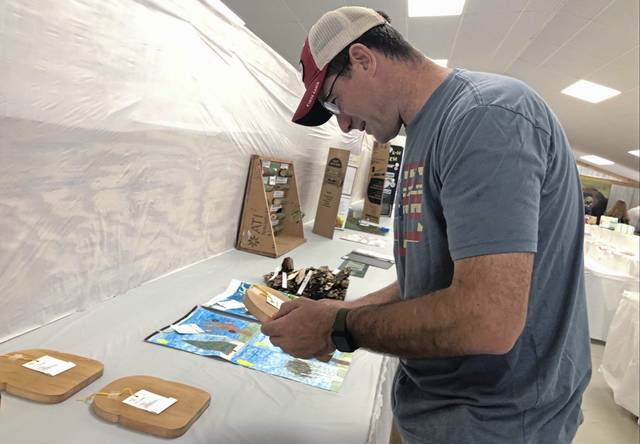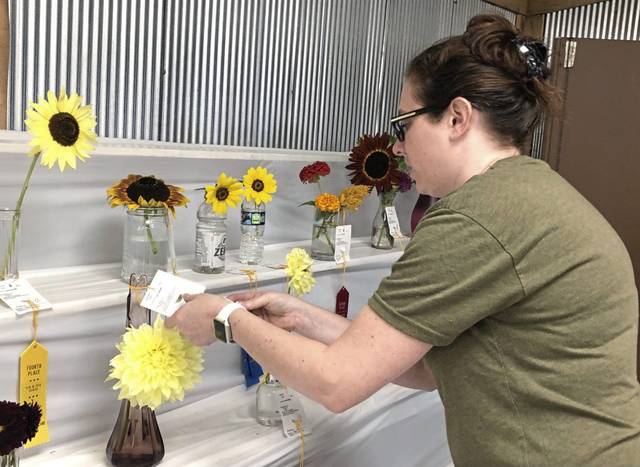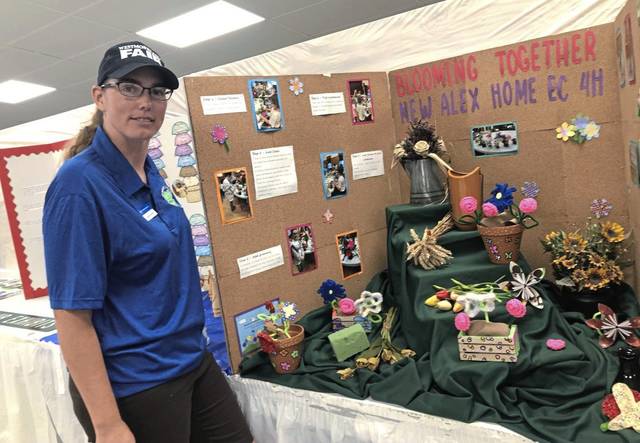4-H members learn from project judging at Westmoreland Fair
Overall, the number of 4-H projects and displays submitted for judging at the Westmoreland Fair is lower than in previous years — except for one category.
From carrots and potatoes to green beans and tomatoes, there were plenty of vegetables to keep the judges busy Friday.
“I think that’s because, during the pandemic, what did people do? They planted vegetables,” said Lyndsey Desko, Westmoreland County 4-H youth development educator. “I think that shows here at the fair – how much people focused on vegetable gardening.”
Clubs not being able to meet in person during the pandemic led to fewer projects to be judged at the fair.
“We were only allowed to meet face-to-face in May or June this year,” Desko said. “We did do Zoom meetings, but certain things are just harder to teach via Zoom.”
All of the submissions in the 4-H building begin with activities and projects undertaken by individual clubs across the county. The young members learn what judges expect by following the 4-H book, Desko said.
“So when you do a cake-decorating project, for example, the book teaches them how to do that specific thing,” she said. “When you enter it in the fair, it already has corresponded with that set of guidelines.
“If it meets the criteria, and (judges) have to deliberate between two, they look at things like neatness, how its done and the thoroughness of the project.
“In the project book, it does teach you about what the ideal tomato is. So then your goal in growing it is to create the ideal tomato,” Desko said. “You would look for shape, the ideal color, texture. You don’t want spots, dents, that sort of thing.”
Tangibles and intangibles
In some areas, judging falls under a strict set of criteria. In others, intangibles come into play. Both apply in cake decorating, said 4-H Superintendent Peggy Poole, who was judging baked goods with Penn State Extension educator Cindi Fisher.
Cakes must conform to size requirements, and decorators must employ certain tools and techniques, colors of icing, flowers, borders and other embellishments, depending on their level of expertise.
When it comes time to sample an item, intangibles such as taste and texture depend more on an individual judge’s palate, Poole said.
One aspect of the 4-H mission is to provide young people with opportunities to develop life skills.
Art educator Erin Tiedeman of Bullskin, Fayette County, brought that mindset into judging jewelry projects.
“From an educator’s standpoint, is it apparent that they learned something, are they improving their skill or their craft?” she said. “Craftsmanship is the biggest thing for me, because I think when you put time into something and it’s evident, you can continue to improve and do it as a lifelong skill.”
Judges are asked to write comments on the tag of each project that can help 4-Hers improve their projects in subsequent years, Desko said.
“What we teach these kids is absolutely important,” she said. “We’re really trying to bring participation back, so we’re going to focus on rebuilding and revitalizing this year.”
Shirley McMarlin is a Tribune-Review staff writer. You can contact Shirley by email at smcmarlin@triblive.com or via Twitter .
Remove the ads from your TribLIVE reading experience but still support the journalists who create the content with TribLIVE Ad-Free.


